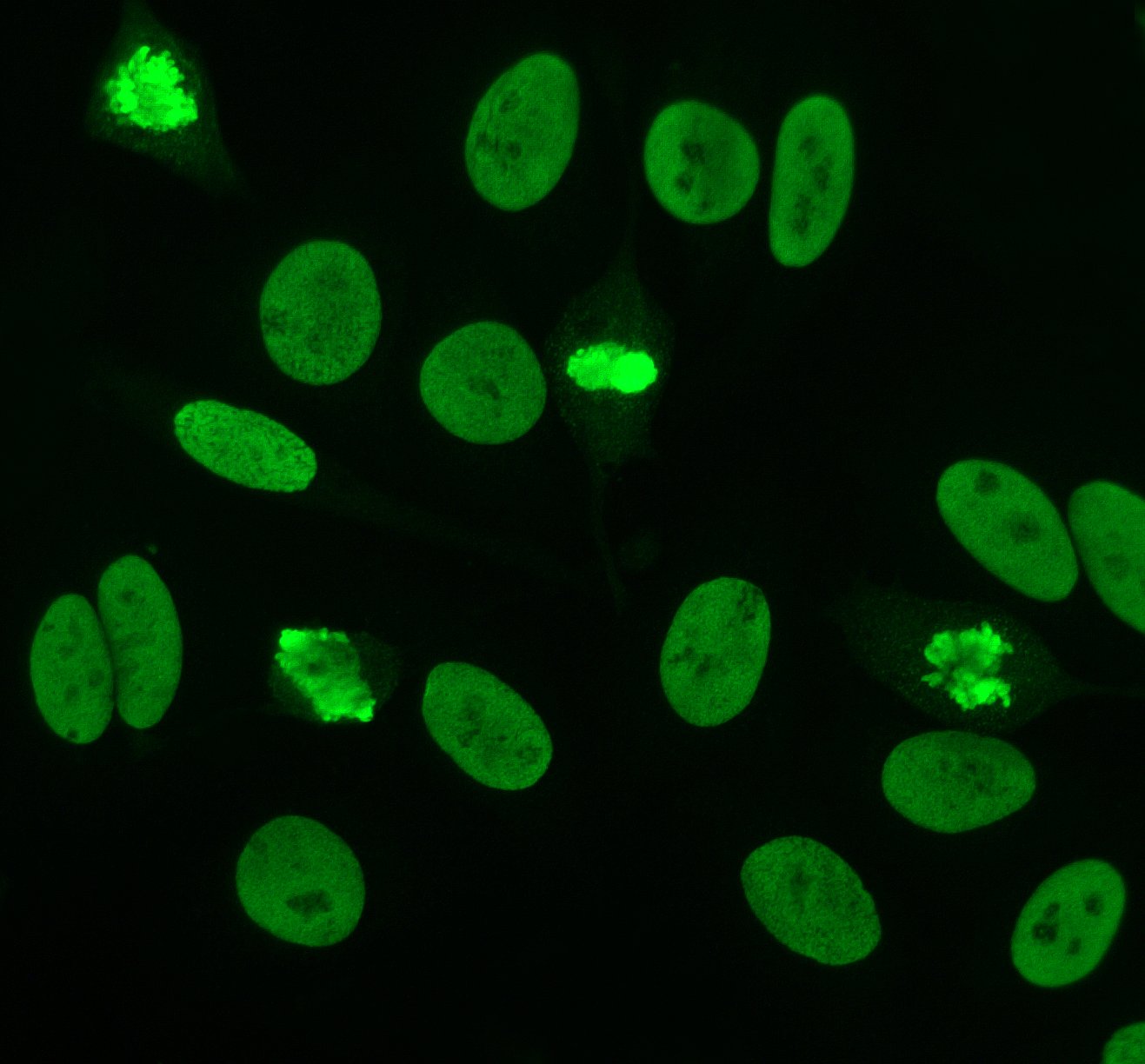
Believe it or not, about 1.5 million Americans have some form of lupus, more than the number of Americans who have HIV/AIDs. Despite this statistic, not many people fully understand what lupus is. This is because lupus is extremely complex, making it a challenge to diagnose. In order for a patient to be “clinically” diagnosed with lupus, they need to test positive for at least 4 out of 11 symptoms.
Here are the eleven clinical criteria that doctors use to diagnose lupus:
-
Photosensitivity – Many people with lupus are sensitive to sunlight and first develop skin rashes after being out in the sun
-
Malar rash – Up to 50% of lupus patients develop a characteristic butterfly rash or color change that typically appears across the cheeks and nose
-
Discoid (skin) rash – red inflamed patches appear
-
Mouth and/or nose ulcers – appear, but are painless
-
Nonerosive arthritis – inflammation in two or more joints
-
Cardio-pulmonary involvement – inflammation of the heart lining and/or lungs
-
Neurologic disorder – seizures and/or psychosis
-
Kidney disorder – increased protein or clumps of red blood cells in urine
-
Blood disorder – damaged red blood cells, low white cells, or low platelet count
-
Immunologic disorder – abnormal white blood cells that attack healthy cells, evidenced by abnormal blood tests or other immune disease symptoms
-
Positive antinuclear antibody (ANA) test – the presence of antibodies that bind to self-tissues (as opposed to infections), including DNA or RNA
As you can see, lupus can affect many different tissues and organs in the body. This is in part because your white blood cells can move anywhere in your body. Normally, they do so to look for injuries/infections, but in lupus patients, they can wreak havoc on the body, damaging the skin, joints, heart, lungs, brain, and kidneys.
One of the most difficult-to-understand concepts in lupus is the antinuclear antibody (ANA) test. ANAs are essentially antibodies that white blood cells make against your own body’s tissues, as opposed to infections like the flu. While not all patients have a positive ANA test, most lupus patients do have high levels of ANAs. However, not all people who have ANAs develop lupus. For example, it is normal for the human body to make low titers of ANAs after an injury or infection. Lady Gaga told Larry King in an interview on CNN that she was “borderline positive” for lupus, meaning she has ANAs but was not “clinically” diagnosed with lupus because she did not show other symptoms.
Patients who do develop at least 3 other diagnostic criteria are considered to have lupus, and it is thought that the high levels of ANAs can actually contribute to disease in other organs. For example, ANAs in the kidneys cause kidney damage, similar to a pool filter getting clogged with dirt and leaves as it cleans the pool water. ANAs in the skin contribute to lupus rashes, an area that we are actively studying here at UMass.
Some lupus patients could also test negative for ANAs, but still have the disease. We and other researchers are trying to understand exactly what ANAs are doing in lupus patients who have them, why some patients don’t have them, and why otherwise healthy people can have ANAs without developing lupus. Be sure to check back here at our blog to keep up to date on our research findings!
Sources:
-
https://www.verywellhealth.com/lupus-information-2249963
-
Lupus Research Alliance
- Photo: antinuclear antibodies (ANAs); Credit: Simon Caulton, Wikimedia Commons